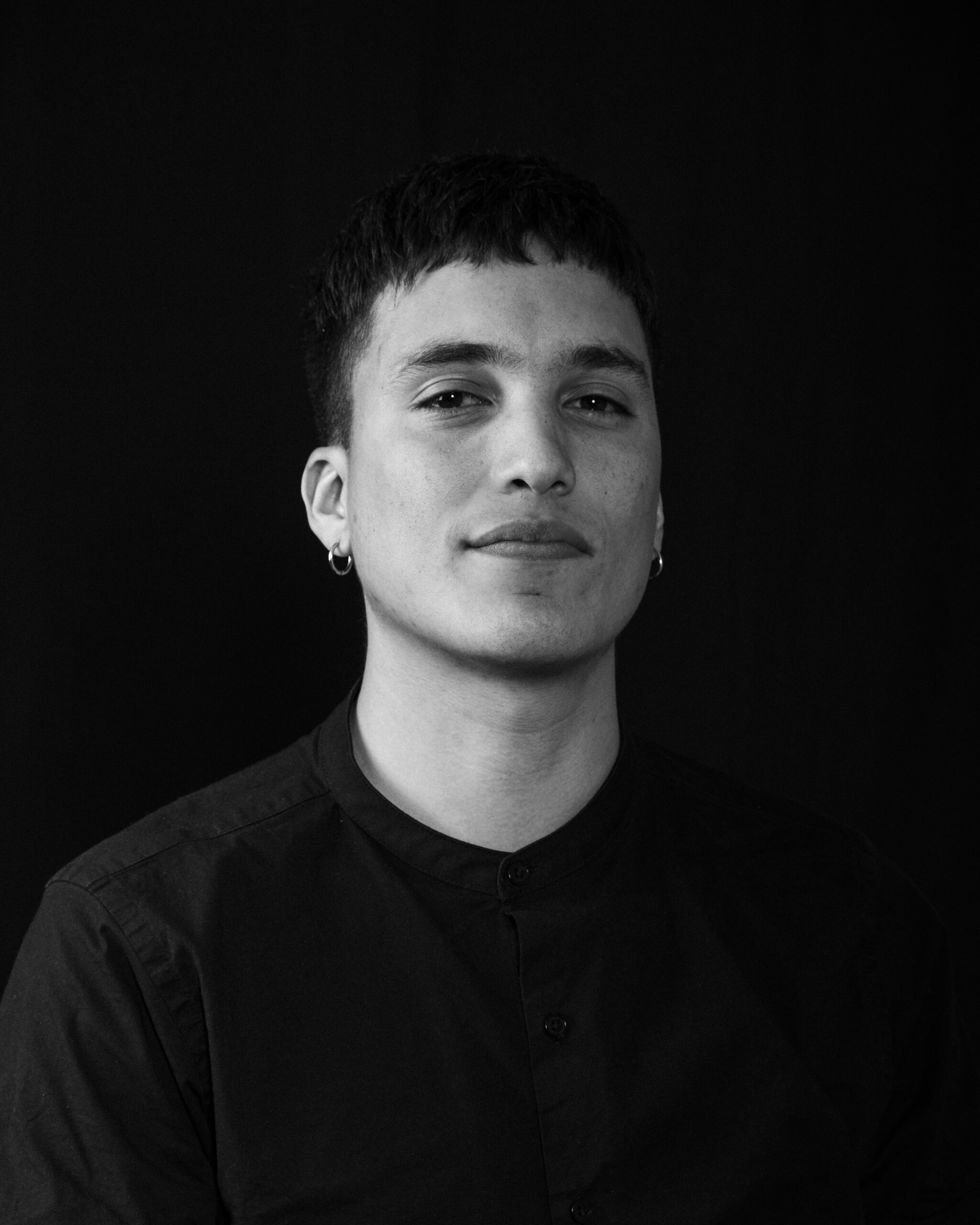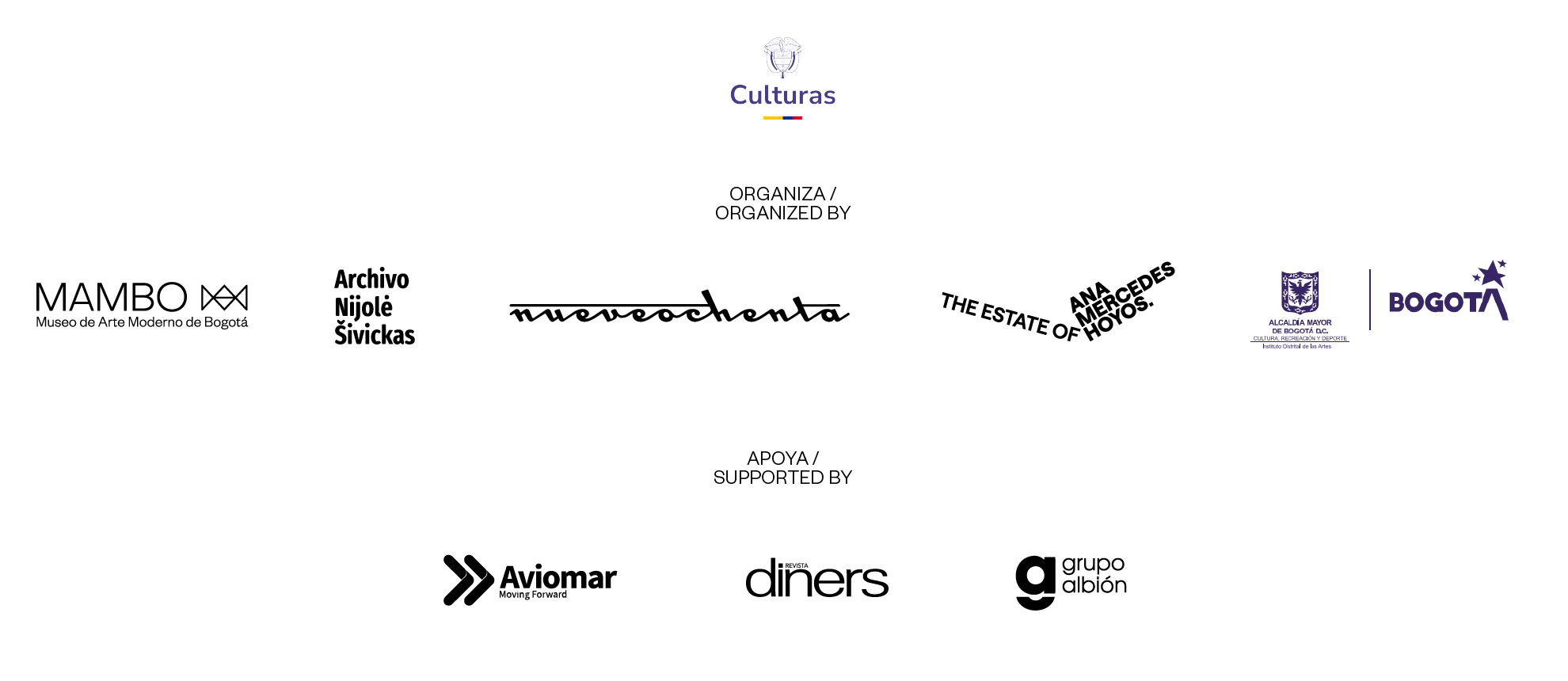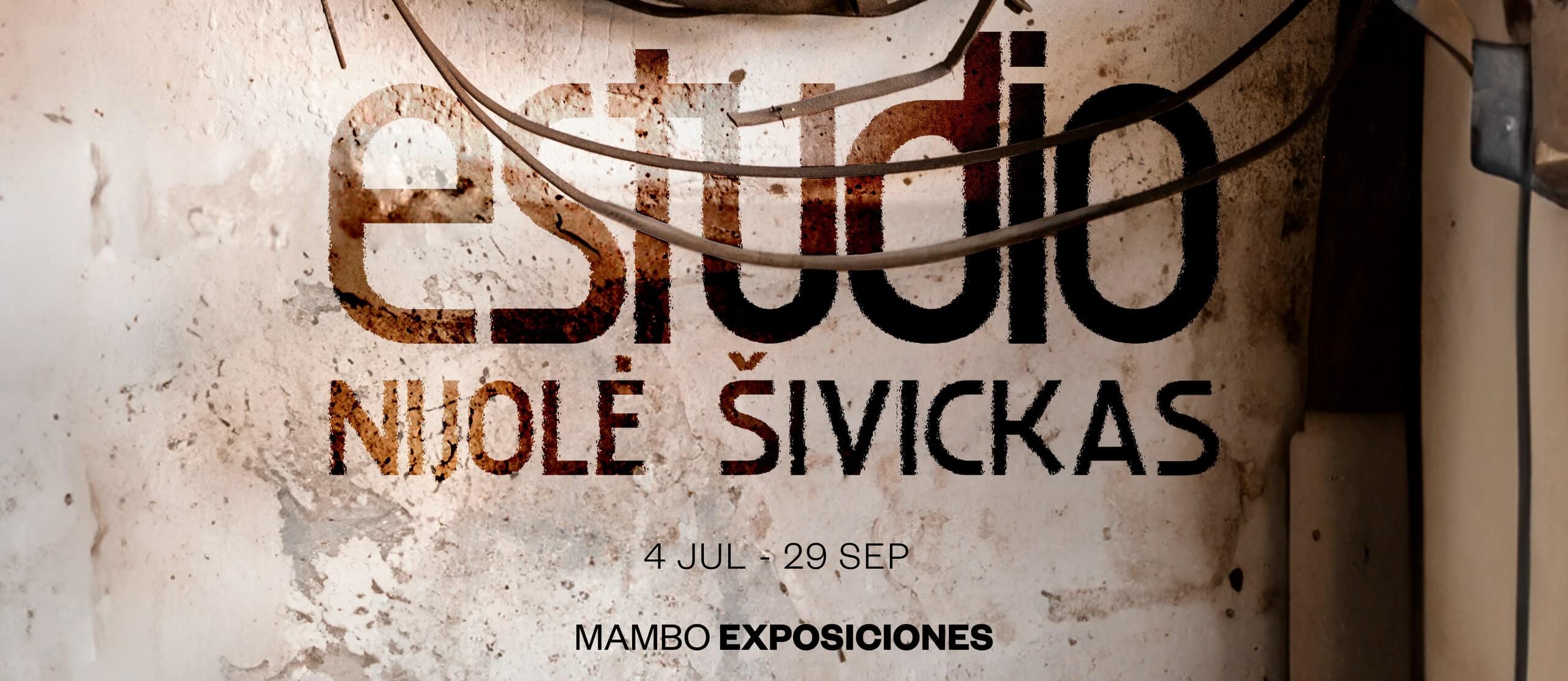
— 06.10.2024
STUDIO. NIJOLĖ ŠIVICKAS
- Nijolė Šivickas arrived in Colombia in 1950 with her husband, Alfonsas Mockus.
- In 1955, she held her first exhibition at the National Library, showcasing a series of paintings.
- Since 1964, Šivickas has immersed herself in sculpture. After a figurative phase in the 1970s, close to the Art Brut style, she developed her own style incorporating elements of international informalism with influences from pre-Columbian Andean cultures.
- Studio offers a unique opportunity to delve into Šivickas’ world, presenting sections of her home and studio meticulously recreated in the museum to provide an immersive experience. Viewing the works in their domestic setting allows for an intimate connection with the artist, showing how art and everyday life converge in her creative process.
- This arrangement captures all stages of her work for the first time, revealing how ideas evolve from concepts to finished sculptures. As visitors tour her home and studio, they become witnesses to the intimate relationship between the artist and her work, appreciating the depth of her artistic vision and questioning the conventional museum experience.
- This arrangement captures all stages of her work for the first time, revealing how ideas evolve from concepts to finished sculptures. As visitors tour her home and studio, they become witnesses to the intimate relationship between the artist and her work, appreciating the depth of her artistic vision and questioning the conventional museum experience.
The exhibition encompasses all stages of the artist’s production, from a series of drawings and paintings from the 1940s during her studies at the Stuttgart Academy in Germany before her arrival in Colombia, to a series of expressionist paintings, the only two-dimensional works Šivickas would produce for many decades, and the extraordinary pastels from the 1990s, which pay homage to the visionary painting of her compatriot Mikalojus Konstantinas Čiurlionis, exhibited here for the first time. The intense phase of figurative sculpture from the mid-1970s is also represented, dialoguing with contemporary European successes of Art Brut, the result of her creative workshops with patients with mental disorders, as well as the great period of informal sculpture, generally considered her mature phase, where tradition and innovation combine within an abstract style—though full of symbolism—giving great importance to the material substrate of the work, sublimated in a profound analysis of the human condition. An important body of work that dialogues with the international informalism artists contemporary to Šivickas.
Šivickas is a total artist who thinks holistically about her works: she meticulously studies their staging, layout, pedestals, and lighting. For this reason, all these elements are literally cited in the museography of this exhibition, which presents entire sections of the artist’s studio and home, dismantled and reassembled in the museum space to offer an immersive experience into the artist’s world, transforming the visitor into an accidental voyeur. Consequently, the retrospective is not conceived in chronological terms but as an open panorama of the artist’s multifaceted work.
Studio aims to present the variety of plastic languages and materials (ceramics, metals, wood, and stone, among others) that Šivickas explored, highlighting her impetus and versatility. Through her sculptures, drawings, and paintings, the exhibition illustrates how art and daily life converge in her creative process, revealing a rich and solid body of work that reflects her deep artistic commitment.
Šivickas is part of a generation of Latin American women artists whose work is undergoing a critical review after being practically overlooked for decades in recent critical studies and curatorial research. This exhibition offers a critical re-reading of the artist’s work, still unjustly little known, providing the opportunity to appreciate it from a unified perspective, with the aim of revising and restoring her deserved role, not only in the history of Colombian and Latin American modernism but also on a global scale.
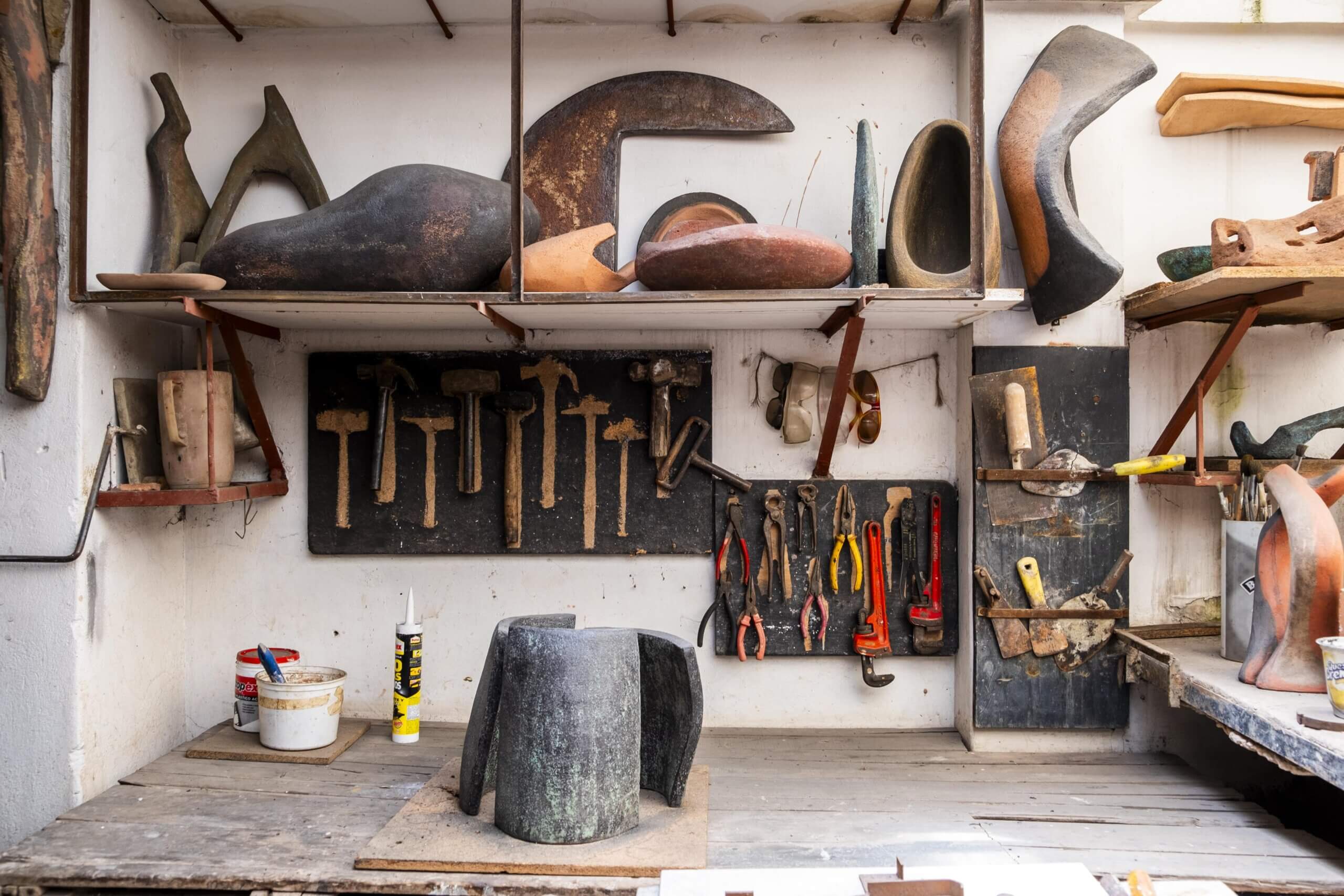
Photography by Gregorio Díaz. Courtesy from Bogota ‘s Modern Art Museum – MAMBO.
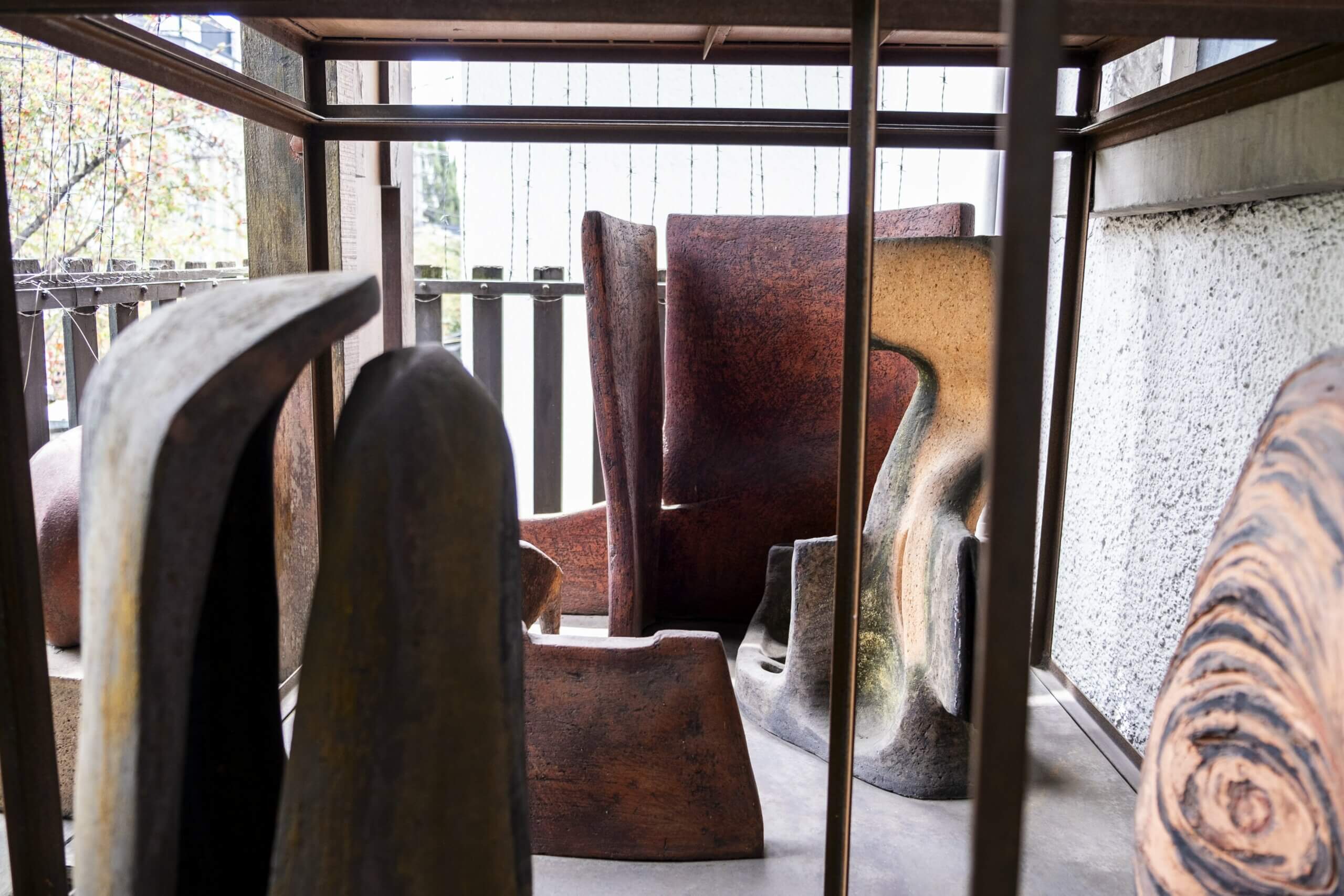
Photography by Gregorio Díaz. Courtesy from Bogota ‘s Modern Art Museum – MAMBO.
About the Artist:
Lithuanian and Colombian nationalized, Nijolė Šivickas (Kėdainiai, Lithuania, 1925 – Bogota, Colombia, 2018) represents one of the most innovative and least known figures in art in Colombia. She studied Arts in her native country, starting her artistic career as a painter and graphic artist at the Academy of Visual Arts in Stuttgart (Staatliche Akademie der Bildenden Künste) in 1946-1950, with Gerhard Gollwitzer and Willy Baumeister as teachers. She arrived in Colombia in 1950 with her partner Alfonsas Mockus. Although after her first exhibition at Biblioteca Nacional in Bogota, in 1955, Šivickas vowed not to exhibit again, she broke her oath a few years later and in her more than seventy years of artistic career she held more than twenty solo exhibitions around the world, participating in a hundred collective exhibitions in the United States, Lithuania, France, Australia, Venezuela, Ecuador and Puerto Rico.
ACKNOWLEDGEMENTS: This exhibition is made possible with the generous support of the Nijolė Šivickas Archive and the Mockus Šivickas family.
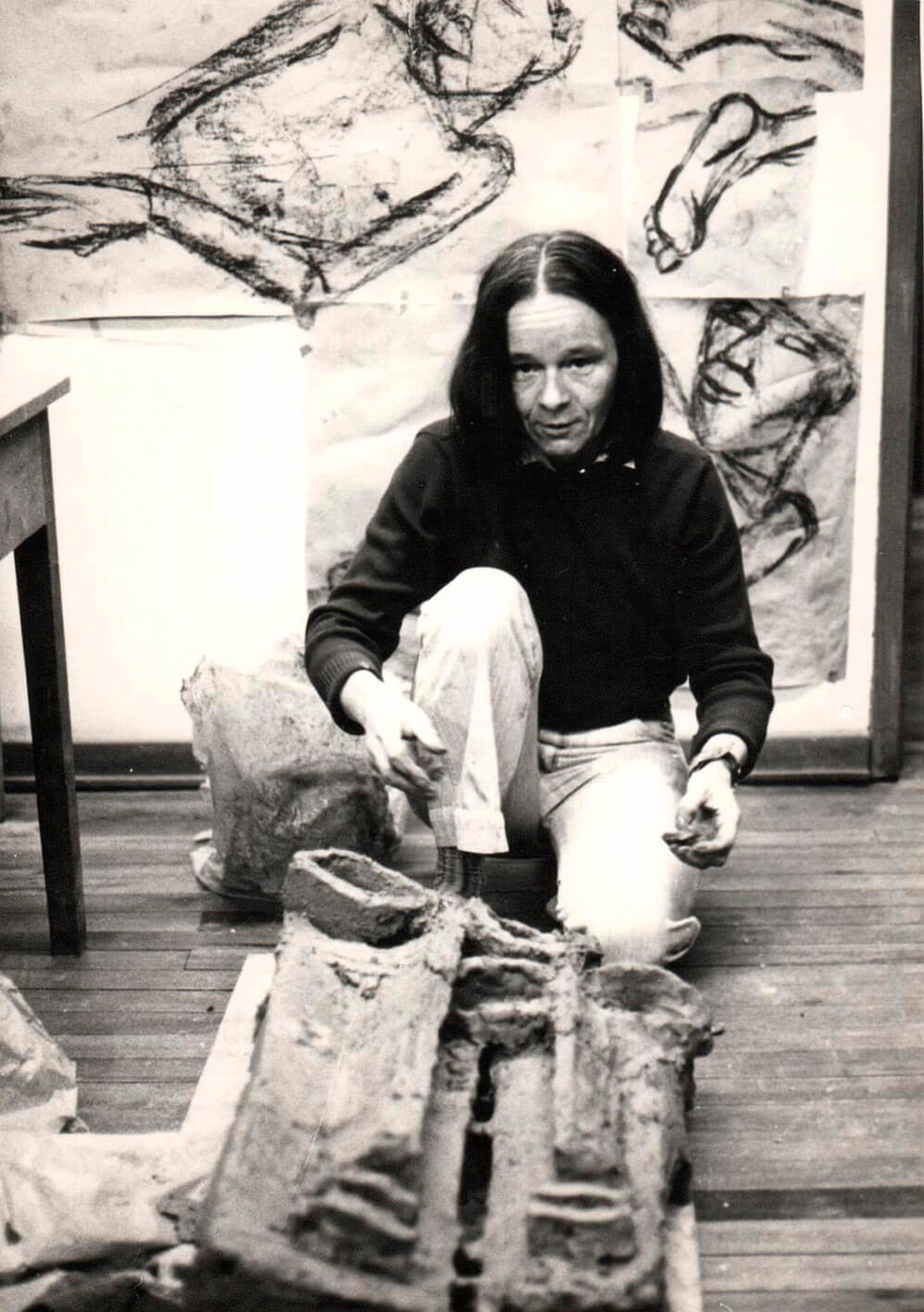
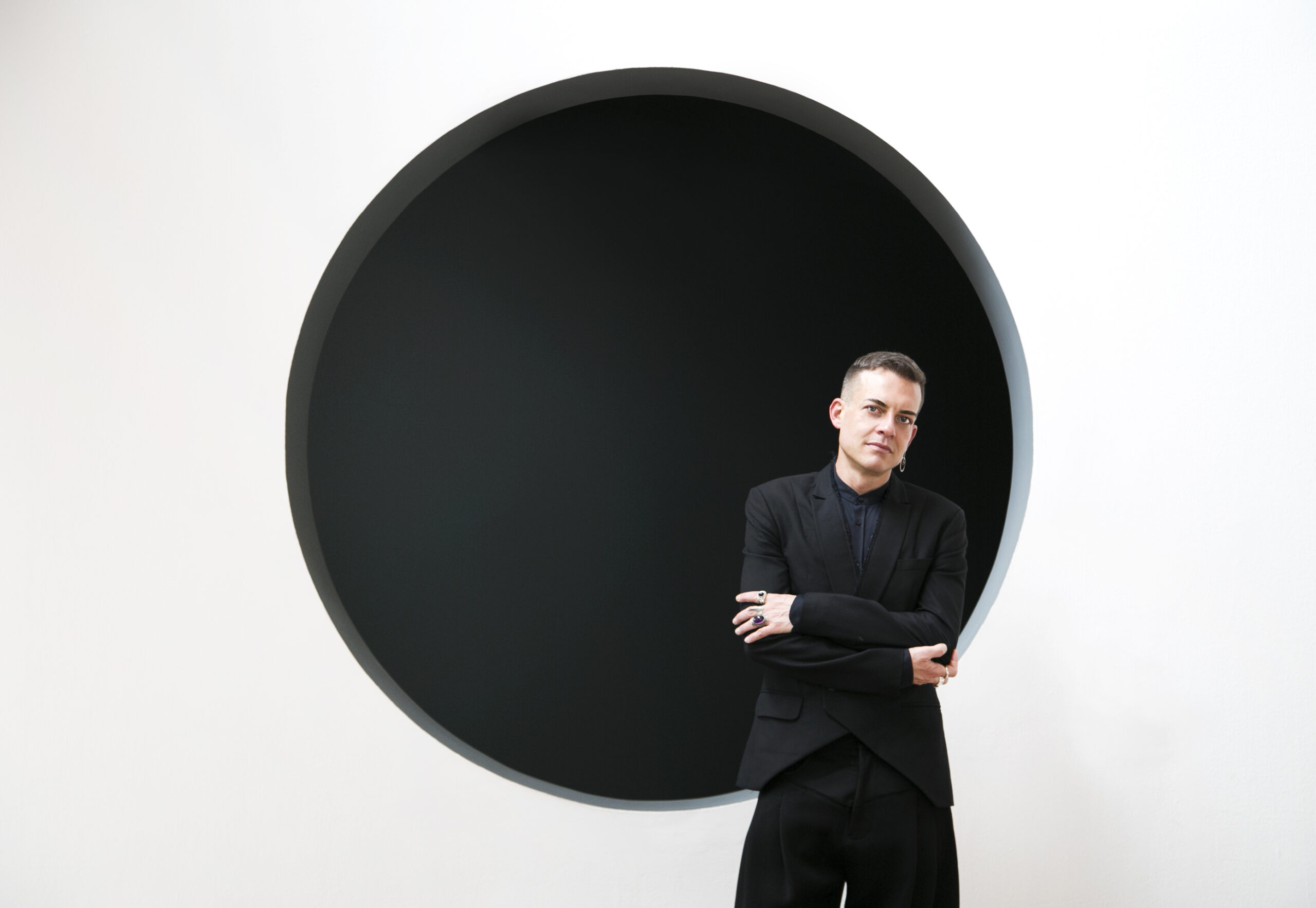
Photography by: Juan Echeverria y Esteban Suárez (2022).
Curated by Eugenio Viola: Born in Naples (Italy), he is a curator and art critic with a PhD in Archaeological, Historical and Artistic Research Methods and Methodologies from Salerno University. He is currently Chief Curator at the Bogotá Museum of Modern Art – (MAMBO), and Curator of the Italian Pavilion of the 59th Venice Art Biennale, 2022.
He worked as General Curator at the Museo d’Arte Contemporanea Donnaregina – MADRE (Naples) from 2009 to 2016, and from 2017 to 2019 as Senior Curator of the Perth Institute of Contemporary Arts – PICA. He has collaborated with numerous Italian and international institutions, Furthermore, Viola was curator of the Estonian Pavilion in the 56th edition of the Venice Art Biennale), subsequently exhibited in the Museum of Occupations and Freedom in Tallinn, Estonia. He has curated over 70 exhibitions in Italy and abroad, over 50 catalogs and books, and contributed to numerous international publications.
Curated by Juaniko Moreno: Curator and researcher interested in cosmotechniques, language and information, nature/culture division, and art and sustainability projects. He is a master in Plastic Arts from the National University of Colombia, and a master’s degree in Contemporary Art and Curatorial Studies from the Chinese Academy of Arts, in Hangzhou. He was part of the research think-tank The Terraforming 2021 at the Strelka Institute, and currently works as a professor in the Plastic Arts Program of the University of the Forest and as a junior curator for the Museum of Modern Art of Bogota – MAMBO.
